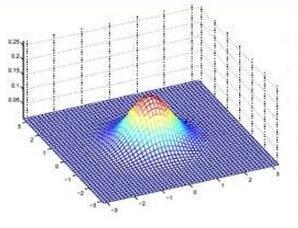Factor analysis is often used to assess whether a single univariate latent variable is sufficient to explain most of the covariance among a set of indicators for some underlying construct. When evidence suggests that a single factor is adequate, research often proceeds by using a univariate summary of the indicators in subsequent research. Implicit in such practices is the assumption that it is the underlying latent, rather than the indicators, that is causally efficacious. The assumption that the indicators do not have effects on anything subsequent, and that they are themselves only affected by antecedents through the underlying latent is a strong assumption, effectively imposing a structural interpretation on the latent factor model. In this paper, we show that this structural assumption has empirically testable implications, even though the latent variable itself is unobserved. We develop a statistical test to potentially reject the structural interpretation of a latent factor model. We apply this test to data concerning associations between the Satisfaction-with-Life-Scale and subsequent all-cause mortality, which provides strong evidence against a structural interpretation for a univariate latent underlying the scale. Discussion is given to the implications of this result for the development, evaluation, and use of measures and for the use of factor analysis itself.
翻译:系数分析常常用来评估单一的单亚值潜伏变量是否足以解释某一基本构筑的一组指标之间的多数共差。当证据表明单一因素是充分的,研究往往通过在随后的研究中使用指标的单亚值摘要进行。这种实践隐含着一种假设,即该指标是潜在的潜在因素,而不是指标,因此具有因果关系。假定这些指标对任何随后发生的情况没有影响,而且它们本身仅受到隐含潜伏的先兆的影响,这是一个强有力的假设,有效地对潜在要素模型进行结构性解释。在本文件中,我们表明这一结构性假设具有可实验性的影响,即使潜在变量本身没有观测到。我们开发了一个统计测试,以可能拒绝对潜在要素模型的结构解释。我们对这一测试适用于关于与生命的满意度和随后的全因死亡率之间的关联的数据,这些数据提供了有力的证据,不利于对规模背后的单亚值潜伏值进行结构性解释。讨论这一结果对于发展、评估以及使用指标本身的影响。



